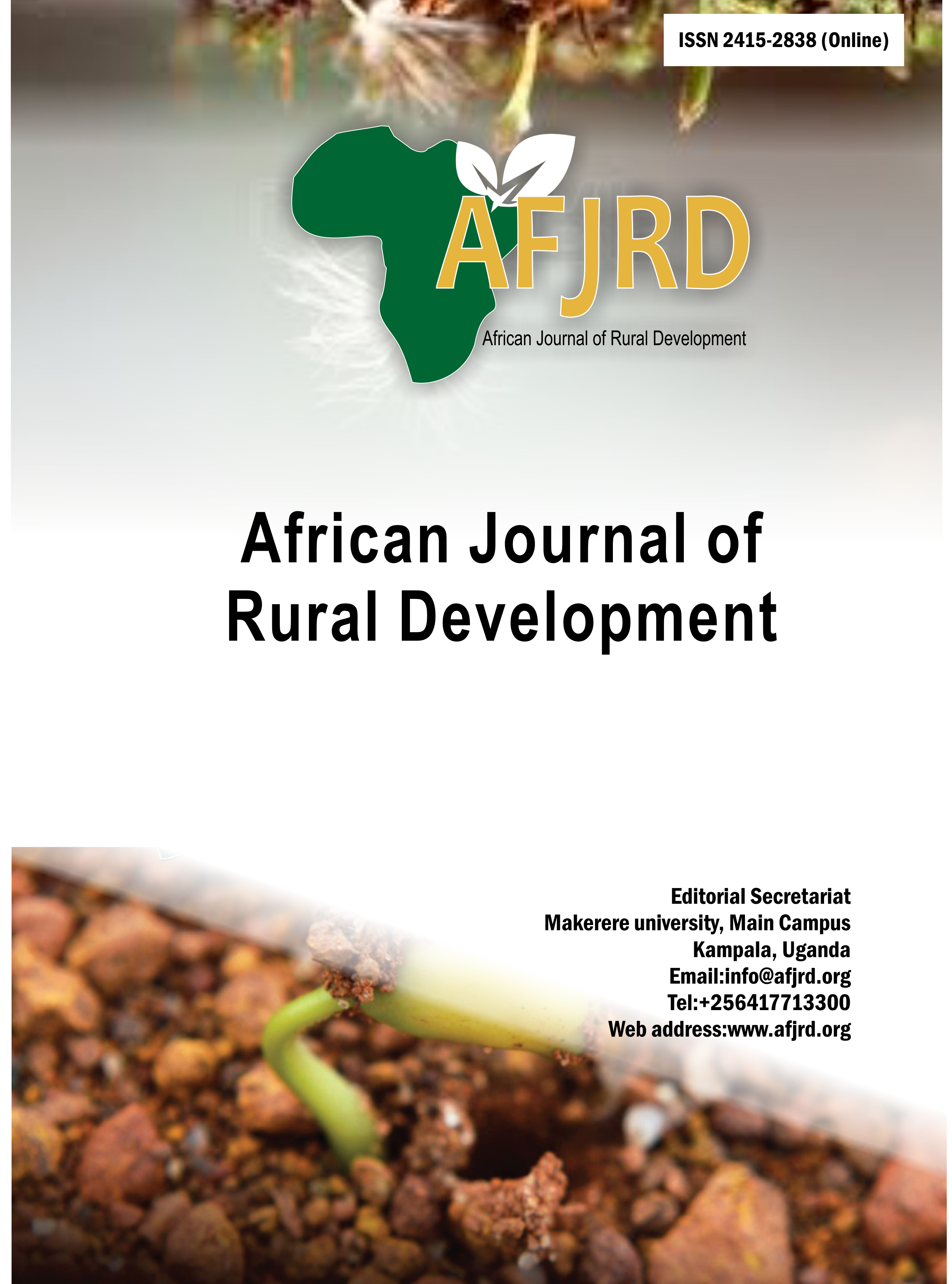Production practices and quality defects of hides and skins in Northern Ethiopia
Main Article Content
Abstract
This research was undertaken to assess hide and skin production practices and identify quality
defects of skins. The study was undertaken in Hyquey region of Ethiopia. Data collected from
skins were analyzed by R software. For ranking constraints, priority index was employed.
Major constraints were feed shortage, low price and poor husbandry with indexes of 0.15,
0.14 and 0.13, respectively. Common causes of skin rejections were: smoke, fly cut, parasite,
scratch, wart, pox, putrefaction, vein, thorn, cockle, careless handling, rats and small size. Bati
had highest rate of rejection (46.7%). Major causes of skin defect were fly cut (Hara); vein
and smoke (Bati); fly cut, putrefaction and smoke (Kelala). There was a significant difference
(P<0.001) among rejection causes. Kelala had highest quality (4.8%) and Bati lowest (0.1%).
To reduce the defects use of appropriate knives, proper preservation, proper feeding and health
care are important. Rigorous awareness should also be given to value chain actors on proper
handling, transportation and preservation of hides and skins.
Article Details

This work is licensed under a Creative Commons Attribution 4.0 International License.
